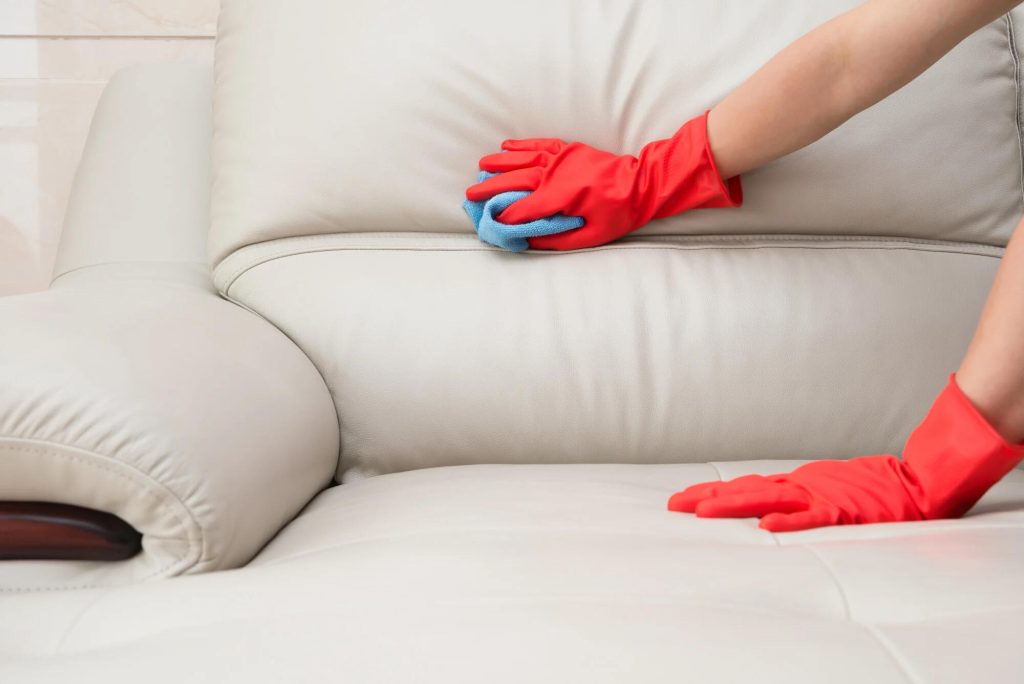Upholstery is the most susceptible part of your house to wear and damage. Upholstered pieces of furniture are the most vulnerable to stains and spills. Upholstery stain protection can offer a layer to defend against stains, extending the lifespan of your furniture. If fabric protection is applied incorrectly, it can lead to less-than-optimal results. In this article, you’ll learn how to avoid common mistakes when applying furniture stain protection.
Consider using a professional-grade product like ultra-guard fabric protection for the best possible results. It will offer long-lasting and durable protection on all types of upholstery furniture. Let’s look at the mistakes to avoid with upholstery stain protectant.
1 .Skipping Proper Cleaning Before Application
A common mistake is not cleaning the upholstery before applying stain protection. Applying fabric protection to dirty furniture traps dirt and grime underneath the protective layer, making it difficult to remove later. The dirt on your fabric can also affect how well it adheres to protective solutions.
How to proceed instead: Clean your upholstery well before applying stain protectant. Use the appropriate cleaner for that fabric type if any stains are present. Once the upholstery has dried and is clean, it’s time to apply the stain protectant for the best result.
2. Not Testing The Fabric First
Not all stain protectors work well with every fabric. Certain chemicals, such as silk or synthetics, can negatively react to certain fabrics. The wrong type of stain protector can lead to fabric discoloration, texture changes, or damage.
How to proceed instead: Always do a patch test on the fabric before you apply any fabric protection product. You can apply the fabric protection product to a small, concealed area. Then, wait until it is dry. It may be best to consult a professional if any adverse reactions are noticed. Ultra-Guard fabric protection can be used with many fabrics. However, you should still test it first.
3. Applying Too Many Products
Many people mistakenly believe that more fabric protection will produce better results. Too much product can leave an uneven coating, a sticky residue, and a greasy texture on the material. In addition, too much product may cause the fabric to feel greasy or not dry properly.
How to proceed instead: Follow the manufacturer’s instructions for how much product you need. For most upholstery fabrics, a thin, even coating will suffice. Applying too little or too much is just as bad as applying too much. Use the right amount to protect your furniture.
4. Do Not Allow Enough Drying Time
It’s important to let the furniture dry completely after applying stain protection. Some people may feel tempted not to allow the furniture to dry properly after applying stain protection, which may reduce its effectiveness and cause the fabric to be damp or uncomfortable.
How to proceed instead: Do not use the furniture until the stain protectant has dried completely. The drying process can differ depending on the product and the fabric type. However, in general, it’s better to wait several hours or overnight to let the fabric fully dry. Be sure to have the room well-ventilated. This will speed up the process.
5. Not Using The Right Tools For The Application
Applying upholstery stain protectant with the wrong tool can result in an uneven coating or product waste. Some people use sponges, while others use rags.
How to proceed instead: You can use a professional spray bottle or applicator designed to protect fabric. These tools ensure a more consistent and controlled application. If you’re using a product with a recommended application method, such as spraying, brushing, or applying with a rag, be sure to use it.
Conclusion
You should use upholstery stain protection to ensure your furniture looks great and lasts long. However, some common mistakes must be avoided for the best result. If you follow the correct cleaning methods, test the fabric, apply the right product, and reapply the protection regularly, your upholstery will remain stain-free and look brand new for years. By using a good-quality product according to the manufacturer’s instructions, you can achieve lasting protection for your furniture.









